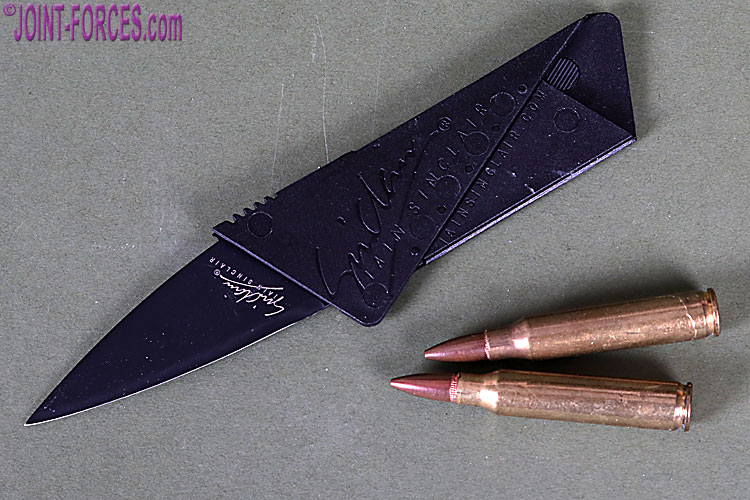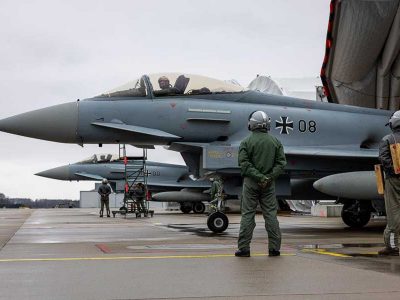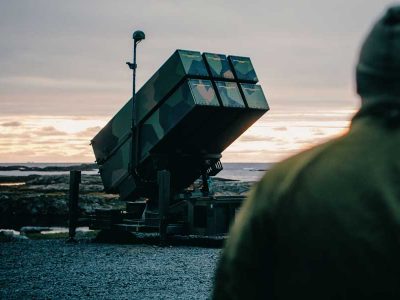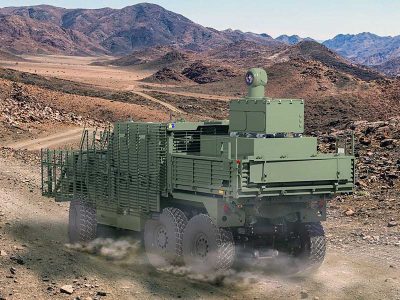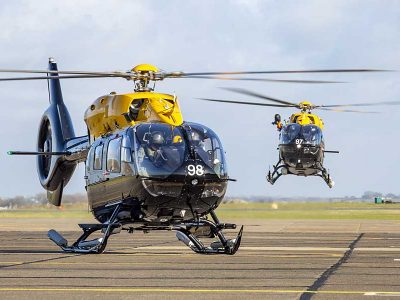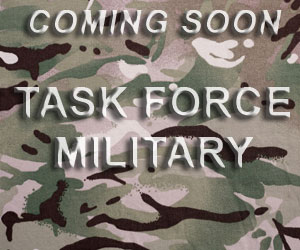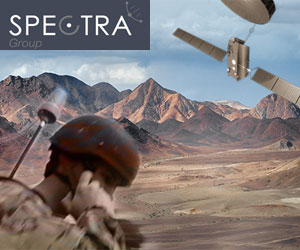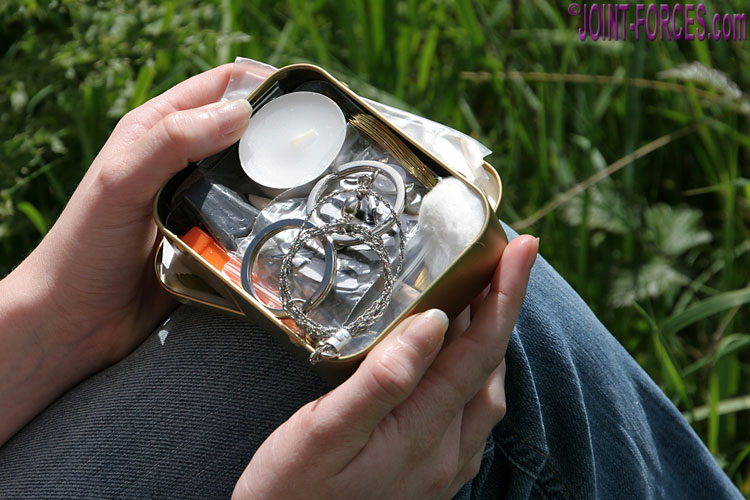
A Survival Tin, carried by fast jet aircrew and SF operators alike, takes up little space and weighs next to nothing but could potentially save your life, writes Bob Morrison.
It is over twenty years since I started carrying a Survival Tin, not long after I took on the job of editing the now sadly gone COMBAT & SURVIVAL Magazine, and though I have not yet needed to use it in a life or death situation I have opened my tin up many times to solve a minor problem in the field. Over the years I have tweaked the contents – adding, removing or replacing individual items – but the basics are still there just in case I should ever need them.

The BCB Military Survival Kit comes in a tough plastic bag which if opened carefully at the seam could be used as a drinking vessel – think of alternative uses for everything [©BM]
This job takes me to interesting places – between early November and late February I should have touched down on three continents, insha’Allah – and the law of averages suggests that sooner or later I may well end up in a survival situation as a result of my lifestyle. Hopefully, having both flown in an aircraft which lost an engine over sub-Saharan Africa and touched down safely and also landed in a chartered private jet in horrendous stormy crosswinds that saw the runway approaching through the port passenger windows until a last minute pilot correction just feet off the ground slammed us onto the tarmac, I have fulfilled my statistical quota of in-flight drama… but I still carry my survival tin (though unfortunately air traffic regulations mean it has to go in my hold luggage).

A survival tin – seen alongside a 30-round 5.56mm magazine and a small notebook – is neither bulky nor heavy [©BM]

Loose contents of my current tin – note the signal mirror reflective panel on the underside of the lid [©BM]
Rule Two is: familiarise yourself with both the contents and their uses and read any instructions, as it would be dumb to be stuck in a survival situation with the means to survive but no clue about how to use the equipment at your disposal. It probably also makes sense to buy a good survival book and there are none better than John ‘Lofty’ Wiseman’s SAS Survival Handbook (ISBN:978-0008133788) which has been regularly reprinted over the last 30 years and has sold in the millions.
.
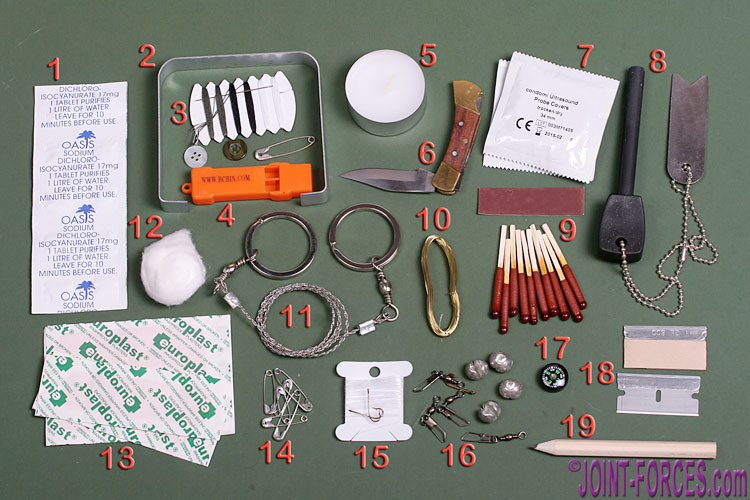
2011 BCB MSK contents: 1 – purifying tablets; 2 – handle; 3 – sewing kit; 4 – whistle; 5 – night-light candle; 6 – knife; 7 – condoms for water carrying; 8 – flint & striker; 9 – waterproof matches & striker; 10 – snare wire; 11 – wire saw; 12 – cotton wool for tinder; 12 – plasters; 14 – safety pins; 15 – fishing line; 16 – hooks, swivels & weights; 17 – button compass; 18 – stiff backed razor blades; 19 – pencil; and 20 (not shown) signal mirror on lid of tin [©BM]
My tin, with modified contents, is an old and battered version of the Military Survival Kit (MSK) produced by BCB International of Cardiff, variations of which are widely available through outdoor pursuits stores and military surplus outlets under their BCB Adventure brand name. I have included an annotated image (above) of the original contents of a BCB MSK from eight years ago and then focussed on the current contents crammed into my old tin, which last travelled with me out to Egypt in December.
The use most items in the photos are put to should be self-evident, but a couple might need a little bit of explanation to those unfamiliar with the survival topic. Condoms (non-lubricated) make ideal water containers – carry a filled condom inside a combat boot sock for added strength. Small tampons – not seen in the original 2011 photo, which has cotton wool instead – give plenty of tinder when teased out and will catch a spark from the flint & steel. Talking of the latter, I carry the older type rather than the modern FireSteel as it is both smaller and the striker is a short length of hacksaw blade with a point on one end – when selecting contents always think of alternative uses.

Credit card sized Sinclair Cardsharp alongside the old school flint & striker – both could be invaluable [©BM]
BCB also produce the RAF issue Survival Kit Individual Mk.4, carried on fast jets, which contains both a miniature survival tin and items to allow a downed pilot to create shelter from the elements. We will take a look at one of these in a future feature.
{ images © Bob Morrison }
*If you came to this page from Facebook or Twitter please Share or Retweet. Thanks.
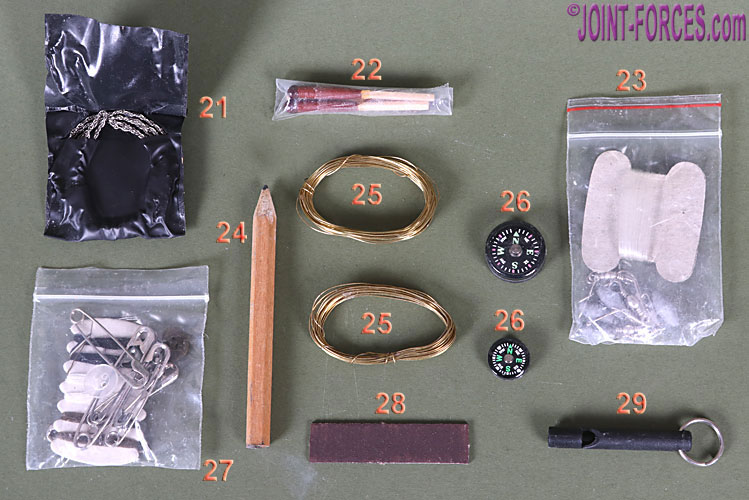
2019 part contents A: 21 – wire saw; 22 – 3x windproof and waterproof matches; 23 – fishing kit; 24 pencil; 25 – 2x soft wire for snares; 26 – 2x button compass; 27 – clothing repair kit; 28 – match striker kept apart from matches; and 29 – small but very loud whistle [©BM]



